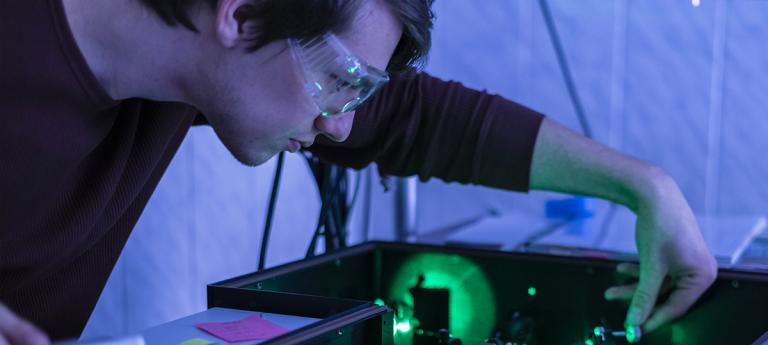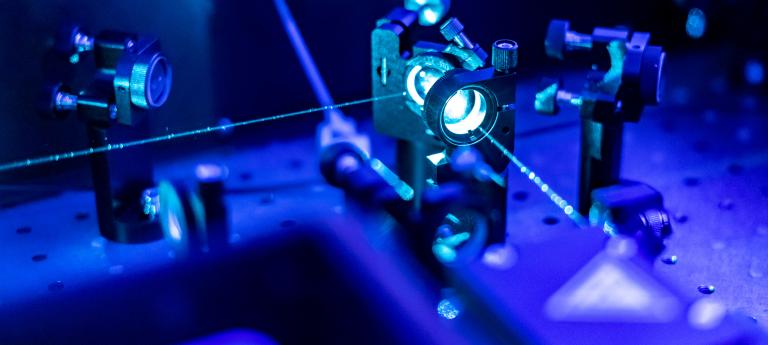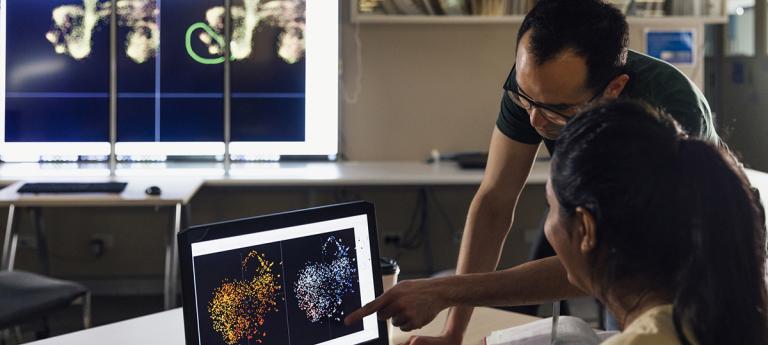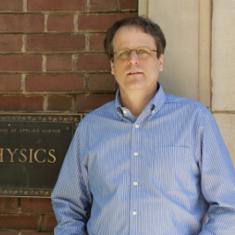What to Expect
In our program, you’ll dive into topics such as nanoscopic physics, ultrafast spectroscopy, optical materials and optoelectronic devices, surface science, and exciting new opportunities in biophysics and biomaterials. You can complete our program in about five and a half years—and can expect to be supported fully for the duration of your program through teaching assistantships, research assistantships, or fellowships.
In fact, all our admitted students are offered financial support for a stipend and tuition, and we don’t admit students unless we believe they have good prospects for success in our program—and beyond. Graduating students generally have one or more job offers before graduation; typically about half of our graduates take postdoctoral fellowships, while the remaining students go into industrial or national laboratory positions. Approximately five years out, the employment distribution among our alumni is approximately one-third each in tenure faculty positions, industrial positions, and national laboratory positions.





